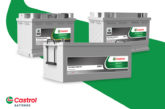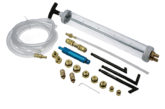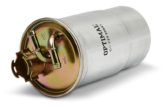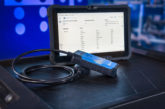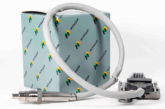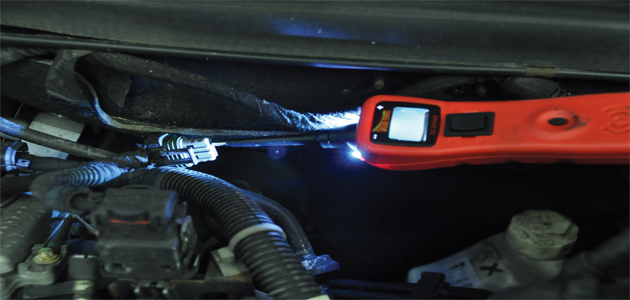
Diagnosing and finding electrical faults can be a very time consuming exercise and requires a variety of tools to trace these faults, including items such as home-made probes, wires and clips to access the electrical system. In reality, the availability of any specialist tool that can assist in this process is very welcome so I was more than happy to take the Power Probe III for a trial run when offered the opportunity.
On the face of it the product is a small hand-held tool designed for easy use for the operator; you simply connect it to the battery using the crocodile clips or the cigarette lighter adaptor. The lead is an ample 20 feet long, allowing access to the front and rear of the vehicle, and if you have to work on longer vehicles (trucks, camper vans, trailers) the PP3 comes with an extension lead to give you an extra 20 feet or six metres of cable with a good, firm, insulated connector.
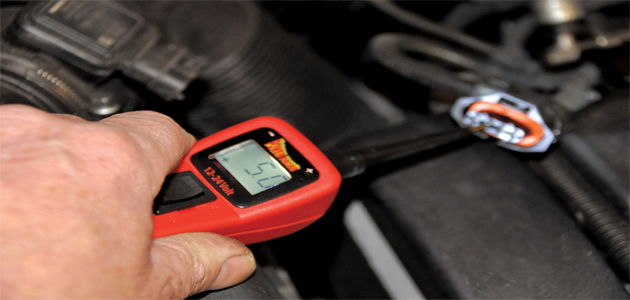
Once connected, you’ll notice two white LEDs that illuminate on the end of the handle and shine on the working area. I found this to be particularly useful when probing into those dark corners where looms tend to be located.
In addition, there are two other LED lights: one green and one red. The green indicates a negative supply and the red, a positive one. As soon as the probe makes contact with an electrical power supply the LEDs illuminate and, in addition, a voltage reading is displayed on the digital screen.
Desired voltage
The PP3 can be used on voltages up to 70V and, by utilising the mode switch on the tool and the rocker switch, you can select the desired voltage to test components such as lights, motors, relays, diodes and engine management systems. It is possible to switch on an audible indicator for both negative and positive supplies. I found this to be very useful if an assistant is not available to operate the switching of components.
Another great feature of the product is that it gives you the capability to supply a positive or negative feed via the probe tip to a wire or component. An open circuit test can be carried out with the PP3 like an ordinary power probe – however I’ve found in the past that when using the rocker switch to supply positive/negative to trace short circuits, a fuse will usually blow. To alleviate this problem the PP3 has a circuit breaker which once tipped, can be reset, thus saving changing multiple fuses.
Additionally, poor earth connections can be tested by sending a positive supply via the probe tip while use of the mode switch allows you to select the voltage range required and then test for peak or maximum voltage or voltage loss.
One word of caution for users though is to ensure that you don’t supply 12V to components using smaller voltages, such as some engine management parts.
VERDICT
I found the PP3 to be a highly efficient tool that performed a number of functions including voltage measurements, polarity displays, continuity tests, powering up components, testing lead earths and checking alternators!


